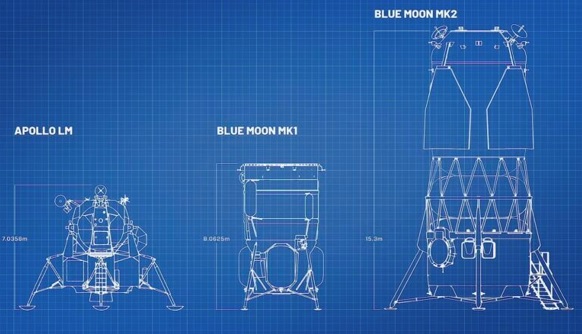Special to CosmicTribune.com, October 8, 2025
By Richard Fisher
What part of America’s “race” with China back to the Moon is most important?
• That the U.S. demonstrate strong leadership of the democratic coalition of space faring nations by meeting its 2027 plans to return, beating China ‘s plan to get there before 2030?
• Or is much more important that the U.S. win the race of populating the Moon with Moon Bases at strategic locations that ensure that it can prevent China from preventing U.S. access to the Moon in order to impose Chinese dominance over the Earth-Moon-Mars system?

These questions are prompted by a Sept. 19 meeting of the Aerospace Safety Advisory Panel reporting to the Natonal Aeronautics and Space Administration (NASA), that offered the conclusion that the SpaceX Starship-based Human Landing System (HLS), contracted by NASA in 2021, could be “years late,” according to a Sept. 20 Space News report by veteran space reporter Jeff Foust.
According to panel member Paul Hill, a former director of Mission Operations at NASA: “The HLS schedule is significantly challenged and, in our estimation, could be years late for a 2027 Artemis 3 Moon landing.”
They arrived at this conclusion after visits to SpaceX, which after 10 Starship test launches — that despite amazing technological accomplishments — has not been able to complete a full orbital mission, much less demonstrate the in-orbit refueling that will be required to enable a 100 metric ton SpaceX HLS to put two astronauts on the Moon by 2027.
But regarding the strengths of SpaceX, Hill stated, “There is no competitor, whether government or industry, that has this full combination of factors that yield this high a manufacturing and flight tempo, with their direct effects on reliability increases and cost reduction…The next six months of Starship launches will be telling about the likelihood of HLS flying crew in 2027 or by the end of the decade.”
In essence, the SpaceX HLS with its potential to place 100 tons of cargo on the Moon, or even 200 tons according to SpaceX founder Elon Musk, most likely referring to advanced variants, is essential for the U.S. and its democratic allies to win the race to “populate the Moon.”
Furthermore, the advantage of the Starship HLS could be short-lived as by the mid-2030s China could have multiple “Starships” that could also be transporting very heavy payloads to the Moon.
However, political pressures to “win” the new race to the Moon is spurring interest in smaller, lighter weight and thus less complex alternative craft to the SpaceX HLS to send astronauts to the Moon.
The first Moon race was won by the 24-ton Apollo Command-Service Module spaceship and the 16-ton Grumman Lunar Excursion Module (LEM), a two-stage vehicle that took 2 U.S. astronauts to the Lunar surface and then back into lunar orbit to dock with the Command Module for return to Earth.
This “lure of Apollo” for a smaller-simpler Moon landing system is also evident in the early Chinese and Indian human lunar programs.
Full Text . . . . Current Edition . . . . Subscription Information

You must be logged in to post a comment Login